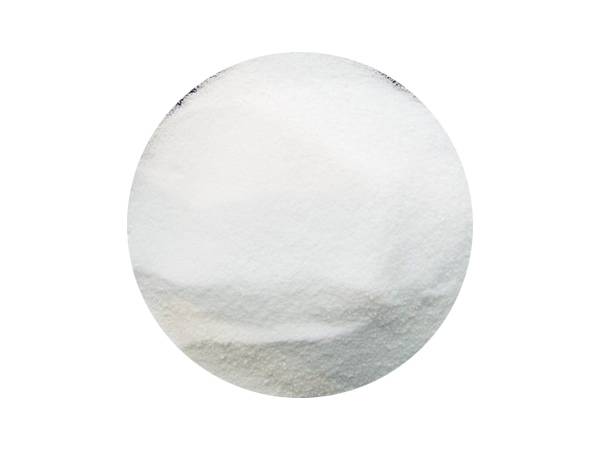



Preparation and Applications of 5% Sodium Hydroxide Solution in Laboratory Settings
Understanding 5% Sodium Hydroxide Composition, Uses, and Safety Precautions
Sodium hydroxide, commonly known as lye or caustic soda, is a highly versatile and widely-used chemical in various industries. When we refer to a 5% sodium hydroxide solution, we are discussing a mixture that contains 5 grams of sodium hydroxide in every 100 milliliters of water. This article will explore the composition, applications, and essential safety measures associated with using a 5% sodium hydroxide solution.
Composition of 5% Sodium Hydroxide
Sodium hydroxide (NaOH) is an inorganic compound composed of sodium (Na), oxygen (O), and hydrogen (H). In its pure form, it appears as a white solid and is hygroscopic, meaning it readily absorbs moisture from the air. When dissolved in water, it dissociates into sodium ions (Na+) and hydroxide ions (OH-). This dissociation makes sodium hydroxide a strong base with a high pH level. A 5% solution signifies that the strength of this solution is relatively mild compared to more concentrated forms, which can be caustic and hazardous.
The preparation of a 5% sodium hydroxide solution involves gradually adding sodium hydroxide pellets to distilled water while stirring to ensure complete dissolution. It is crucial to add the sodium hydroxide to water, and not the other way around, to prevent exothermic reactions that could lead to splattering or boiling.
Applications of 5% Sodium Hydroxide
A 5% sodium hydroxide solution has a variety of applications across different fields. Here are some notable uses
1. Cleaning Agent Due to its strong alkalinity, sodium hydroxide can effectively break down organic matter, making it a powerful cleaning agent. It is commonly used in household cleaners and industrial degreasers to remove stubborn grease, fats, and oils.
2. pH Regulation In water treatment processes, 5% sodium hydroxide can be used to adjust pH levels. Maintaining the appropriate pH is critical for preventing corrosion in pipes and ensuring the efficiency of water purification systems.
3. Food Industry This diluted solution is employed in food processing, particularly for peeling fruits and vegetables. It facilitates the removal of skins and can be involved in the preparation of various food items, such as pretzels, which are treated with a sodium hydroxide solution for their characteristic texture and flavor.
4. Cosmetic Manufacturing Sodium hydroxide is used in the formulation of soaps and other personal care products. It acts as a pH adjuster and helps in saponification when combined with fats and oils.
5 sodium hydroxide

Safety Precautions
Despite being a diluted solution, handling 5% sodium hydroxide requires caution. Here are some essential safety measures
1. Personal Protective Equipment (PPE) Always wear appropriate PPE, including gloves, protective eyewear, and lab coats, to prevent skin and eye contact.
2. Ventilation Ensure adequate ventilation in the area where sodium hydroxide is used, as fumes can irritate the respiratory system.
3. Storage Store sodium hydroxide in clearly labeled containers that are airtight and resistant to corrosion. Keep it away from incompatible substances such as acids and strong oxidizers.
4. First Aid Measures In case of skin contact, rinse the affected area immediately with plenty of water for at least 15 minutes. If sodium hydroxide gets into the eyes, seek medical attention promptly and rinse the eyes under running water for at least 20 minutes.
5. Spill Management In the event of a spill, neutralize the sodium hydroxide with a dilute acid, such as vinegar, before cleaning it up, but take care to avoid any vigorous reactions.
Conclusion
A 5% sodium hydroxide solution is a valuable and widely-utilized chemical with numerous applications in cleaning, food processing, and industrial processes. However, its alkaline nature necessitates careful handling and adherence to safety guidelines. By understanding its composition, uses, and safety precautions, individuals and industries can take advantage of the benefits that sodium hydroxide offers while minimizing the risks associated with its use.
-
Why Sodium Persulfate Is Everywhere NowNewsJul.07,2025
-
Why Polyacrylamide Is in High DemandNewsJul.07,2025
-
Understanding Paint Chemicals and Their ApplicationsNewsJul.07,2025
-
Smart Use Of Mining ChemicalsNewsJul.07,2025
-
Practical Uses of Potassium MonopersulfateNewsJul.07,2025
-
Agrochemicals In Real FarmingNewsJul.07,2025
-
Sodium Chlorite Hot UsesNewsJul.01,2025










